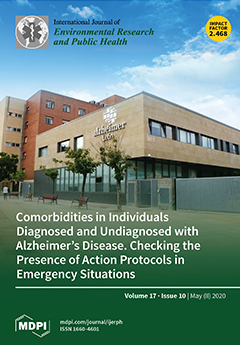verloskundige kampen , or midwifery care, has been an integral part of the Dutch healthcare system for centuries. With a strong emphasis on natural and holistic approaches to childbirth, the Netherlands boasts one of the lowest maternal and infant mortality rates in the world. This is largely due to the country’s unique approach to midwifery care, which prioritizes the physical, emotional, and cultural needs of expectant mothers. In this blog post, we will explore the history and current state of midwifery healthcare in the Netherlands and why it serves as a model of excellence for the rest of the world.
The History of Midwifery Care in the Netherlands
The tradition of verloskundige kampen in the Netherlands dates back to the 16th century when midwives were first recognized as essential healthcare providers. At the time, midwives were trained through apprenticeships and primarily served women from lower social classes. However, in the 19th century, midwifery education was formalized, and the profession began to attract more highly skilled and educated women.

In the early 20th century, the “Kraamzorg” system was established, which provided new mothers with assistance and support during the postpartum period. This system is still in place today, and every Dutch woman is entitled to kraamzorg after giving birth, regardless of her socio-economic status.
The Unique Approach to Childbirth in the Netherlands
One of the most significant differences in the Dutch approach to childbirth is the low intervention rate. Most Dutch women give birth at home, attended by a midwife, and only 13% of births occur in hospitals. This is in stark contrast to many other countries where medical interventions, such as inductions and epidurals, are more common. Studies have shown that this low intervention rate is associated with a reduced risk of complications for both the mother and baby.
In addition, Dutch midwives place a strong emphasis on empowerment and informed decision-making for expectant mothers. They provide comprehensive information about childbirth options, allowing women to make choices that align with their values and wishes. This approach has been shown to improve birth outcomes and increase satisfaction with the birthing experience.
Collaborative Care and Holistic Approach
While midwives are the primary care providers for expectant mothers in the Netherlands, they work closely with obstetricians and other healthcare professionals. This collaborative care model ensures that high-risk pregnancies receive specialized attention while still preserving the autonomy and continuity of care provided by midwives.
The holistic approach to childbirth in the Netherlands is another key factor in its success. Midwives not only focus on the physical health of the mother and baby but also address their emotional, psychological, and cultural needs. This includes providing support for different birthing preferences and encouraging partners and family members to be involved in the birthing process.
The Role of Midwives in Postpartum Care
In addition to providing care during pregnancy and childbirth, Dutch midwives also play an essential role in postpartum care. They conduct home visits to monitor the physical and emotional well-being of new mothers and their babies. They also offer breastfeeding support and assistance with any challenges that may arise during this critical time.
This comprehensive postpartum care helps to reduce the risk of postpartum depression and ensures that women have the necessary support and resources during the vulnerable postpartum period.
The Impact of Verloskundige Kampen
The success of the verloskundige kampen model in the Netherlands has not gone unnoticed. Many countries, including the UK and Australia, have implemented similar models of midwifery care, based on the Dutch approach. The World Health Organization (WHO) has also recognized the Dutch midwifery system as a “best practice” and recommends it as a model for other countries to follow.
Furthermore, the impact of verloskundige kampen goes beyond just positive birth outcomes. It also promotes women’s rights, autonomy, and empowerment. By placing women at the center of their own birthing experience and providing them with comprehensive support, the Dutch healthcare system highlights the importance of women’s health and well-being.
In Conclusion
Midwifery care in the Netherlands is an excellent example of a healthcare system that puts the needs and wishes of expectant mothers at the forefront. Its low intervention rate, collaborative and holistic approach, and postpartum support have led to outstanding birthing outcomes and empowered women. As the rest of the world looks to improve maternal and infant health, the Dutch midwifery model serves as an essential example of excellence to aspire to.
Verloskundige kampen may have originated in the Netherlands, but its impact has reached far and wide, making it a true model of excellence in healthcare. We can only hope that more countries will adopt this approach and provide women with the exceptional care they deserve during one of the most significant experiences of their lives – childbirth.

